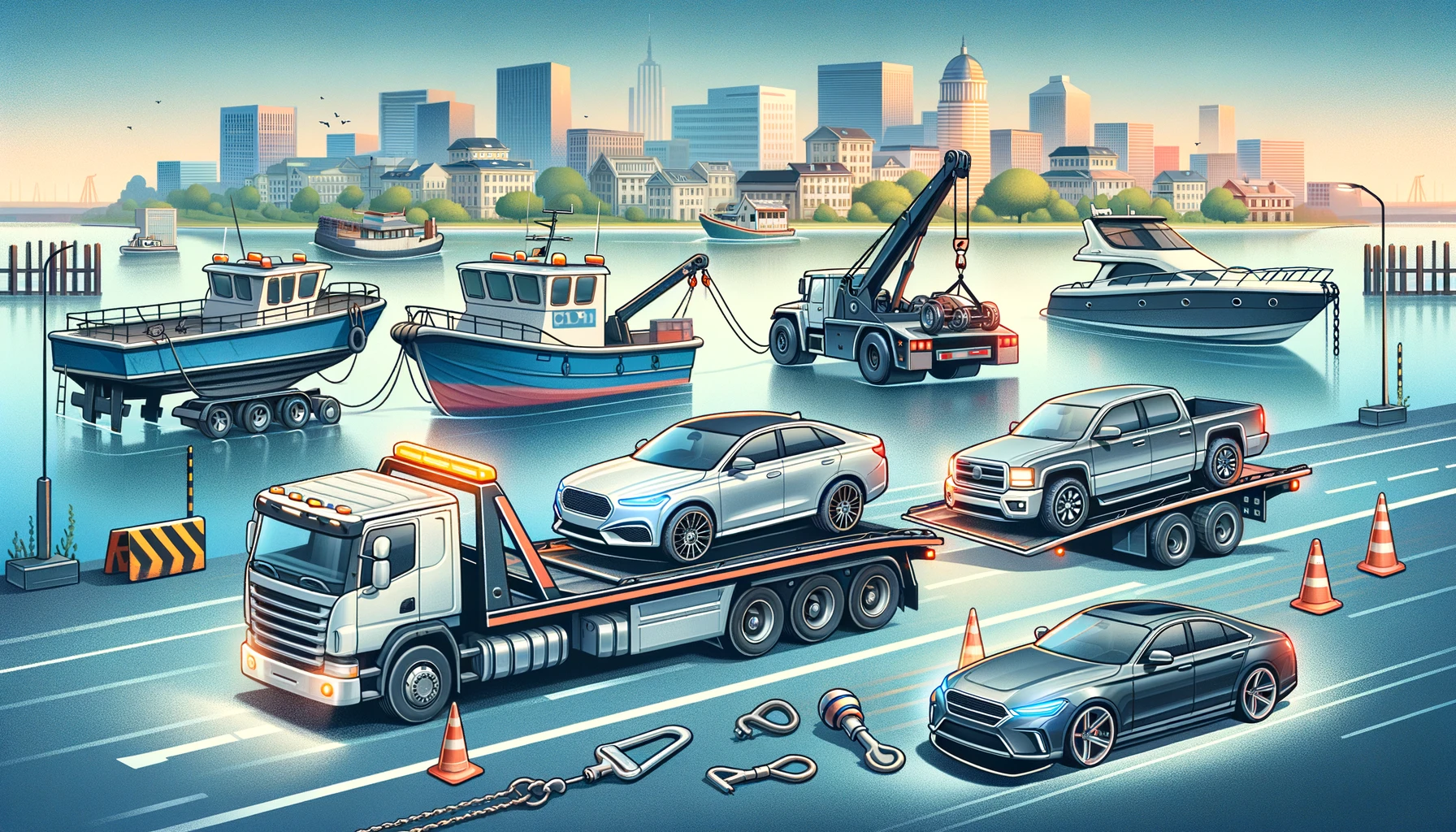Understanding Hinaaminen: A Comprehensive Guide

Introduction
Hinaaminen, a Finnish term, loosely translates to “towing” in English. It primarily refers to the act of pulling or dragging something, usually a vehicle or a boat, using another vehicle or equipment. This concept is integral in various industries, including automotive, maritime, and construction. In this article, we will delve deep into the world of hinaaminen, exploring its applications, techniques, safety measures, and its significance in different sectors.
What is Hinaaminen?
Hinaaminen encompasses a range of activities where an object is moved from one place to another with the help of a towing device. This can involve towing cars, boats, trailers, and even aircraft. The process requires specialized equipment and techniques to ensure that the towed object reaches its destination safely and efficiently.
Applications of Hinaaminen
1. Automotive Towing
One of the most common applications of hinaaminen is in the automotive industry. Vehicles often break down or get involved in accidents, necessitating the need for towing services. Tow trucks, equipped with powerful winches and lifting mechanisms, are designed to handle various types of vehicles, from motorcycles to large trucks.
2. Maritime Towing
In the maritime sector, hinaaminen is crucial for moving ships and boats, especially when they need assistance in docking or when they are unable to move under their own power. Tugboats are the primary vessels used for maritime towing, providing the necessary force to maneuver larger ships.
3. Construction and Heavy Equipment
In construction, towing is essential for transporting heavy machinery and equipment. Specialized trailers and towing vehicles are used to move excavators, bulldozers, and other heavy machinery to and from construction sites.
4. Recreational Towing
Recreational towing includes towing caravans, trailers, and boats for personal use. This requires understanding the weight limits and ensuring that the towing vehicle is capable of safely transporting the load.
Techniques of Hinaaminen
1. Flatbed Towing
Flatbed towing involves loading the entire vehicle onto a flatbed trailer. This method is considered one of the safest ways to tow a vehicle as all four wheels are off the ground, reducing the risk of damage.
2. Dolly Towing
Dolly towing uses a tow dolly, which lifts the front wheels of the towed vehicle off the ground, allowing it to be dragged by the towing vehicle. This method is suitable for front-wheel-drive vehicles.
3. Hook and Chain Towing
Hook and chain towing is an older method where chains are wrapped around the vehicle’s axle or frame. While effective, this method can cause damage to the towed vehicle and is less commonly used today.
4. Wheel-Lift Towing
Wheel-lift towing involves lifting the front or rear wheels of the vehicle off the ground using a metal yoke. This method is similar to dolly towing but provides more stability and control.
Safety Measures in Hinaaminen
1. Weight Limits and Ratings
Understanding the towing capacity of the towing vehicle is crucial. Exceeding the weight limit can lead to accidents and damage to both vehicles. It is essential to check the Gross Vehicle Weight Rating (GVWR) and ensure that the towed load does not exceed this limit.
2. Proper Equipment
Using the right towing equipment, such as hitches, tow bars, and safety chains, is vital for a safe towing experience. Ensure that all equipment is rated for the weight of the load being towed.
3. Vehicle Maintenance
Regular maintenance of both the towing vehicle and the towed vehicle is necessary. Check the brakes, tires, and lights before starting the towing process to avoid any mechanical failures.
4. Driving Techniques
Towing changes the dynamics of driving. It is essential to drive at reduced speeds, avoid sudden maneuvers, and allow for longer stopping distances. Using mirrors to keep an eye on the towed load is also crucial.
Significance of Hinaaminen in Different Sectors
1. Emergency Services
Towing is a critical service in emergencies. Whether it’s a car breakdown on a busy highway or a ship stranded at sea, towing services provide the necessary assistance to move the vehicle to safety.
2. Logistics and Transportation
In logistics, hinaaminen is essential for the movement of goods and equipment. Towing ensures that heavy loads are transported efficiently, reducing the time and effort required for manual handling.
3. Recreational Activities
For outdoor enthusiasts, towing is an enabler of adventure. Whether it’s towing a caravan for a road trip or a boat for a fishing expedition, hinaaminen makes it possible to explore new destinations with ease.
Environmental Considerations in Hinaaminen
1. Fuel Efficiency
Towing can significantly impact fuel efficiency. It is essential to choose a towing vehicle with sufficient power and fuel efficiency to minimize environmental impact.
2. Emission Control
Modern towing vehicles are equipped with emission control systems to reduce their environmental footprint. Ensuring that these systems are functioning correctly is important for reducing pollution.
Future Trends in Hinaaminen
1. Electric and Hybrid Towing Vehicles
With the rise of electric and hybrid vehicles, the towing industry is also seeing advancements. Electric tow trucks and hybrid towing vehicles offer a more sustainable option for towing services.
2. Autonomous Towing
Autonomous technology is making its way into the towing industry. Self-driving tow trucks and advanced navigation systems can enhance the efficiency and safety of towing operations.
Conclusion
Hinaaminen plays a crucial role in various sectors, providing essential services that facilitate the movement of vehicles, goods, and equipment. Understanding the techniques, safety measures, and significance of towing can help individuals and businesses make informed decisions and ensure that their towing operations are efficient and safe. As technology advances, the towing industry is set to evolve, offering more sustainable and autonomous solutions for the future.
FAQs
1. What is the most common method of towing?
Flatbed towing is the most common and safest method, as it keeps all wheels of the towed vehicle off the ground.
2. Can electric vehicles be towed?
Yes, but it is crucial to follow the manufacturer’s guidelines. Some electric vehicles require flatbed towing to avoid damage.
3. What are the legal requirements for towing?
Legal requirements vary by region but generally include having proper towing equipment, adhering to weight limits, and ensuring the safety of the towing process.
4. How can I improve fuel efficiency while towing?
To improve fuel efficiency, maintain a steady speed, reduce unnecessary weight, and ensure that the towing vehicle is well-maintained.
5. What should I do if my towed vehicle starts to sway?
If your towed vehicle starts to sway, reduce your speed gradually, avoid sudden maneuvers, and ensure that the weight distribution is balanced.















Leave a Reply